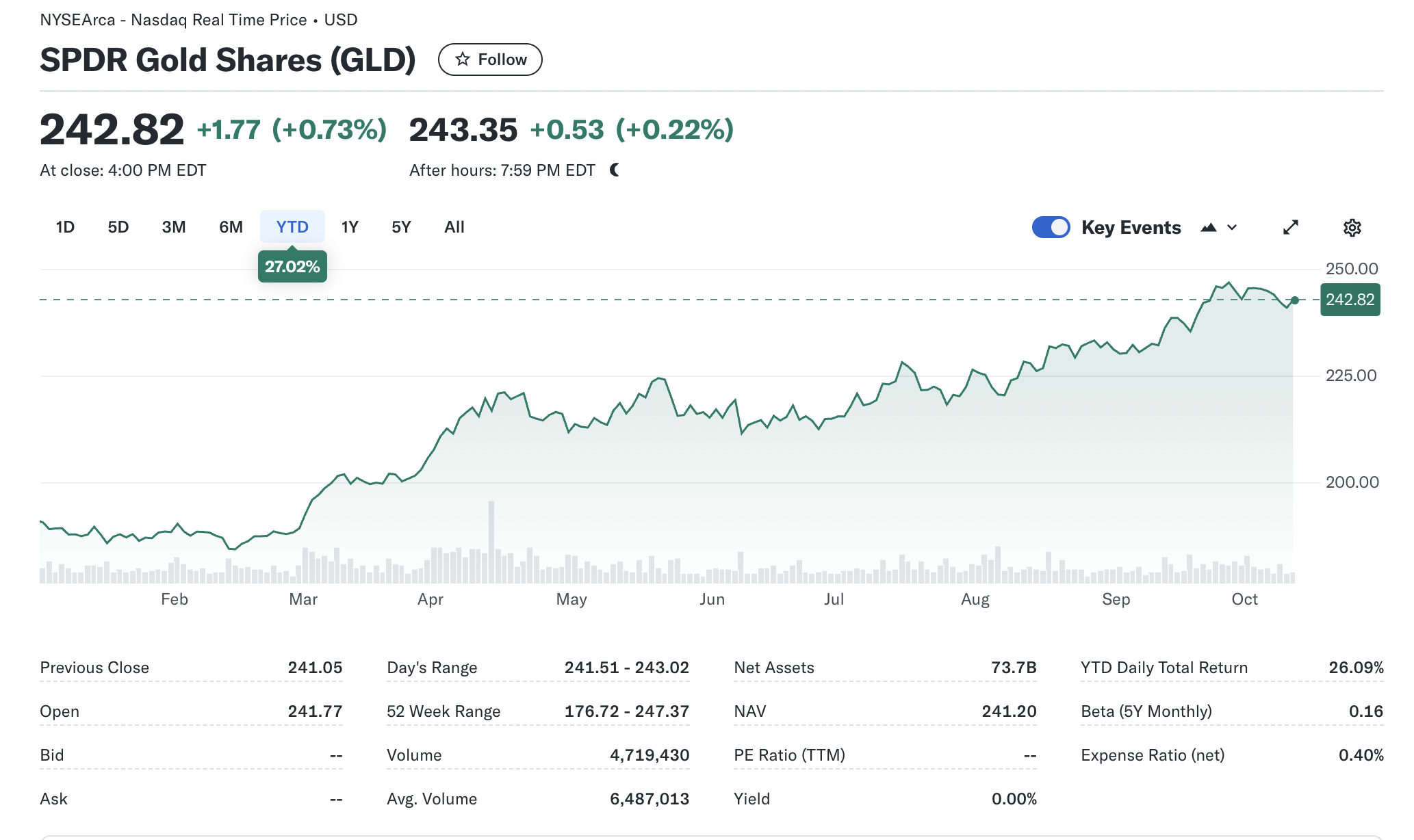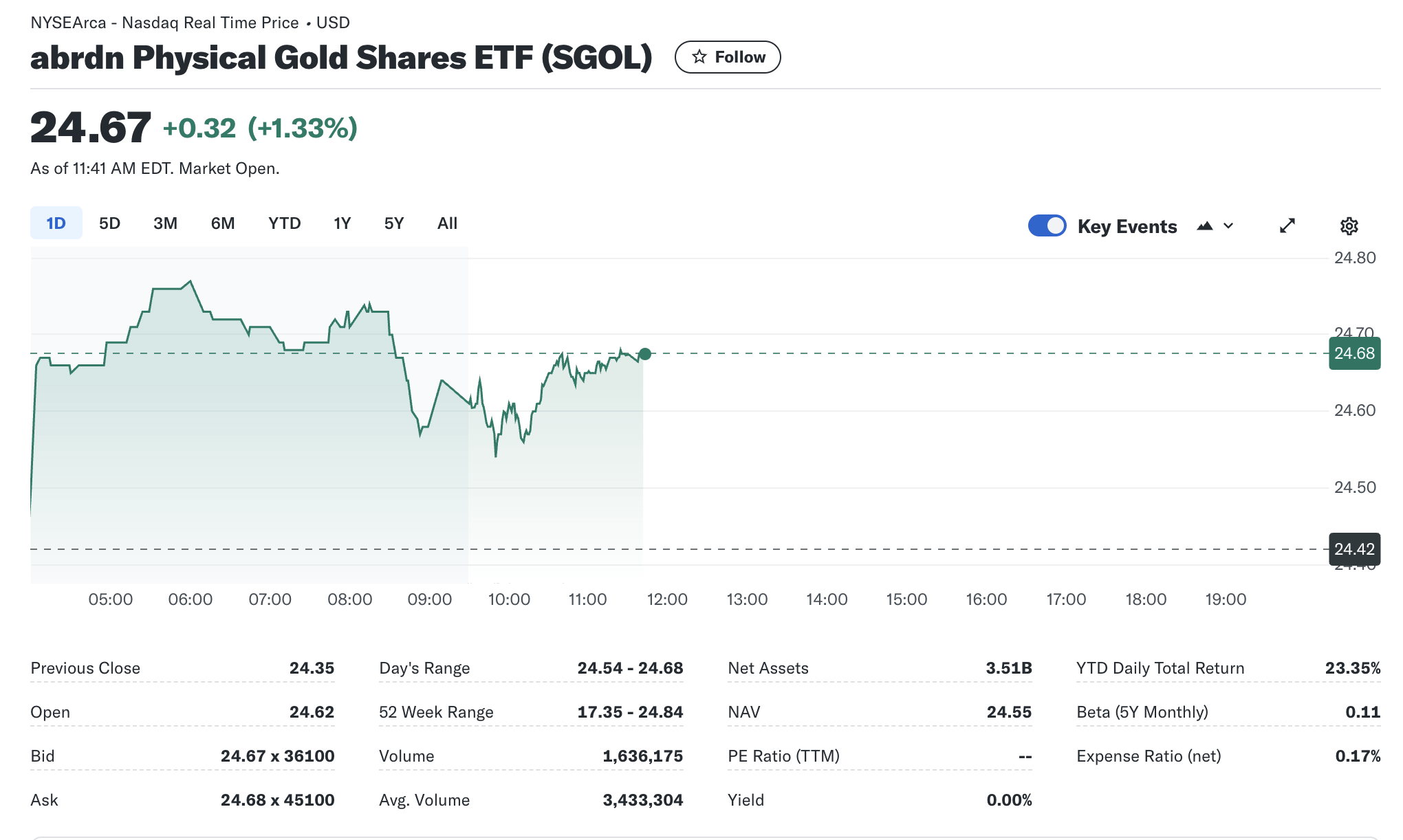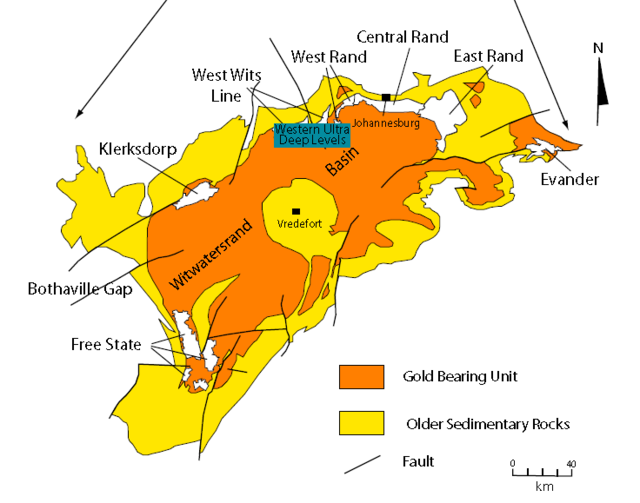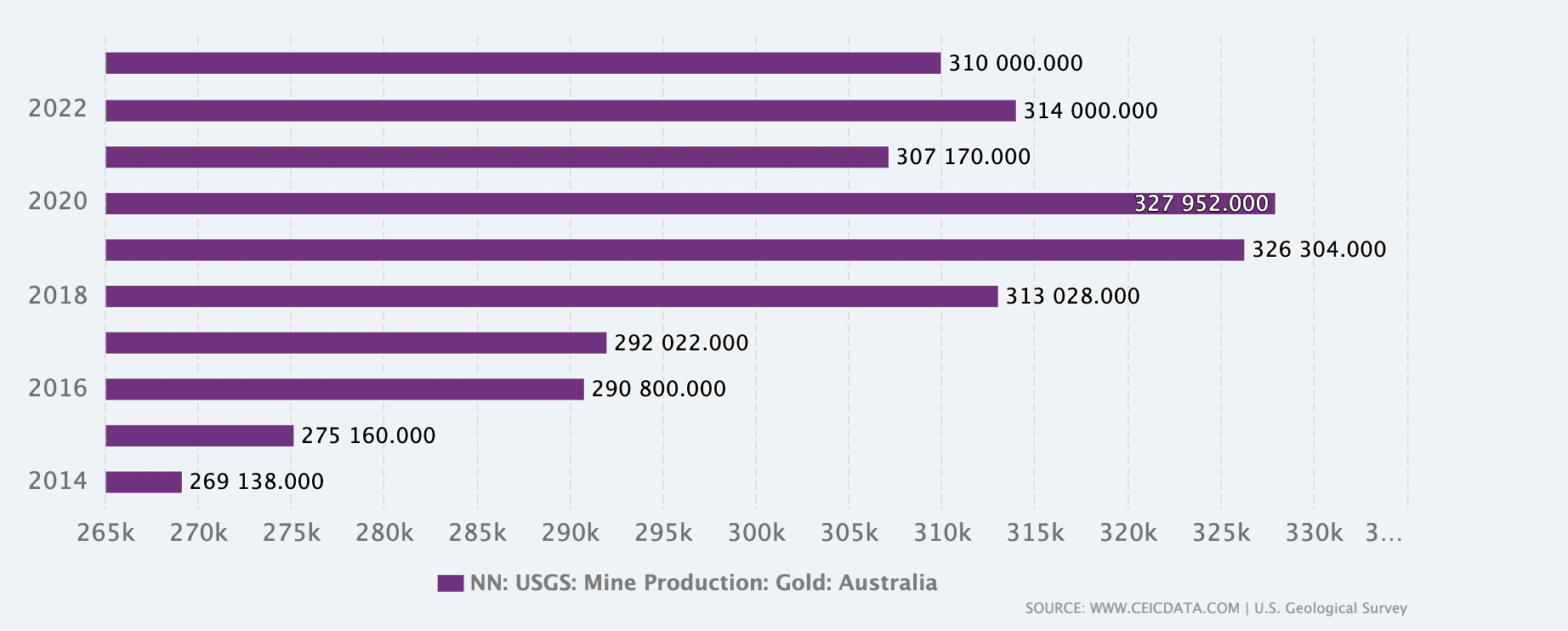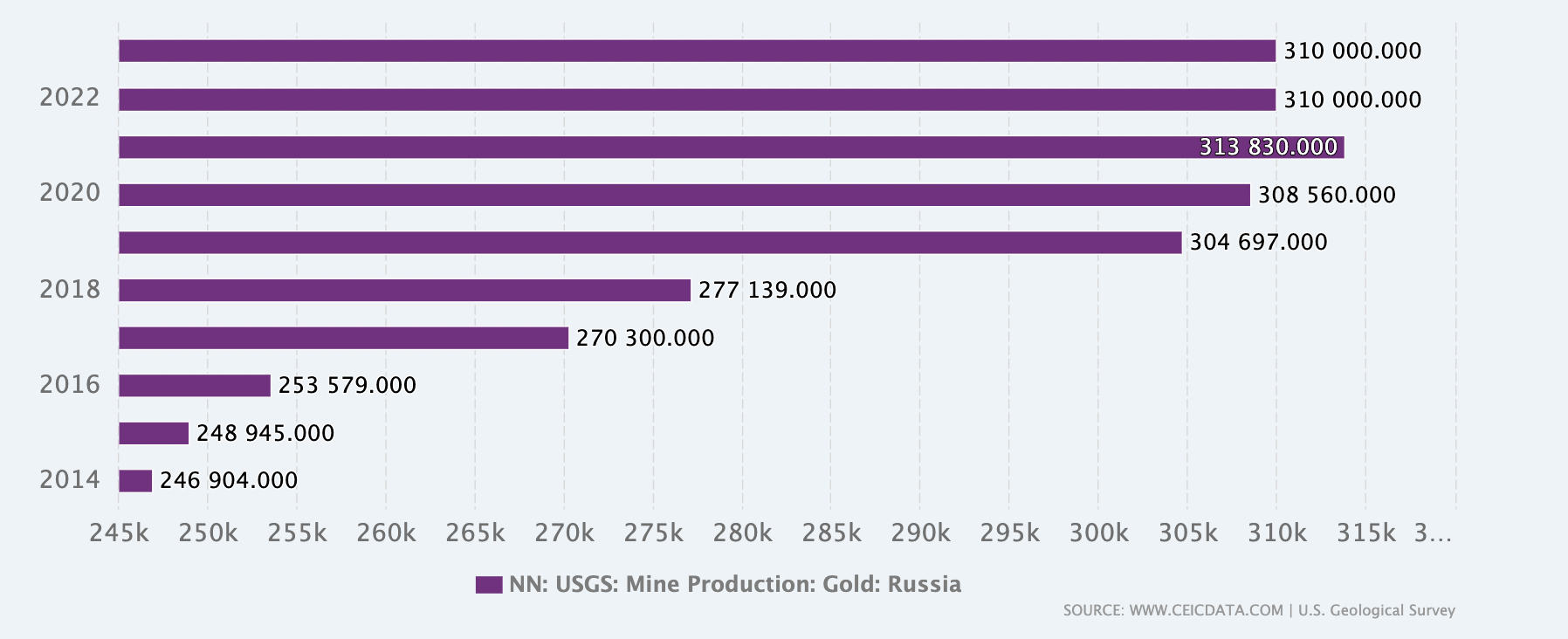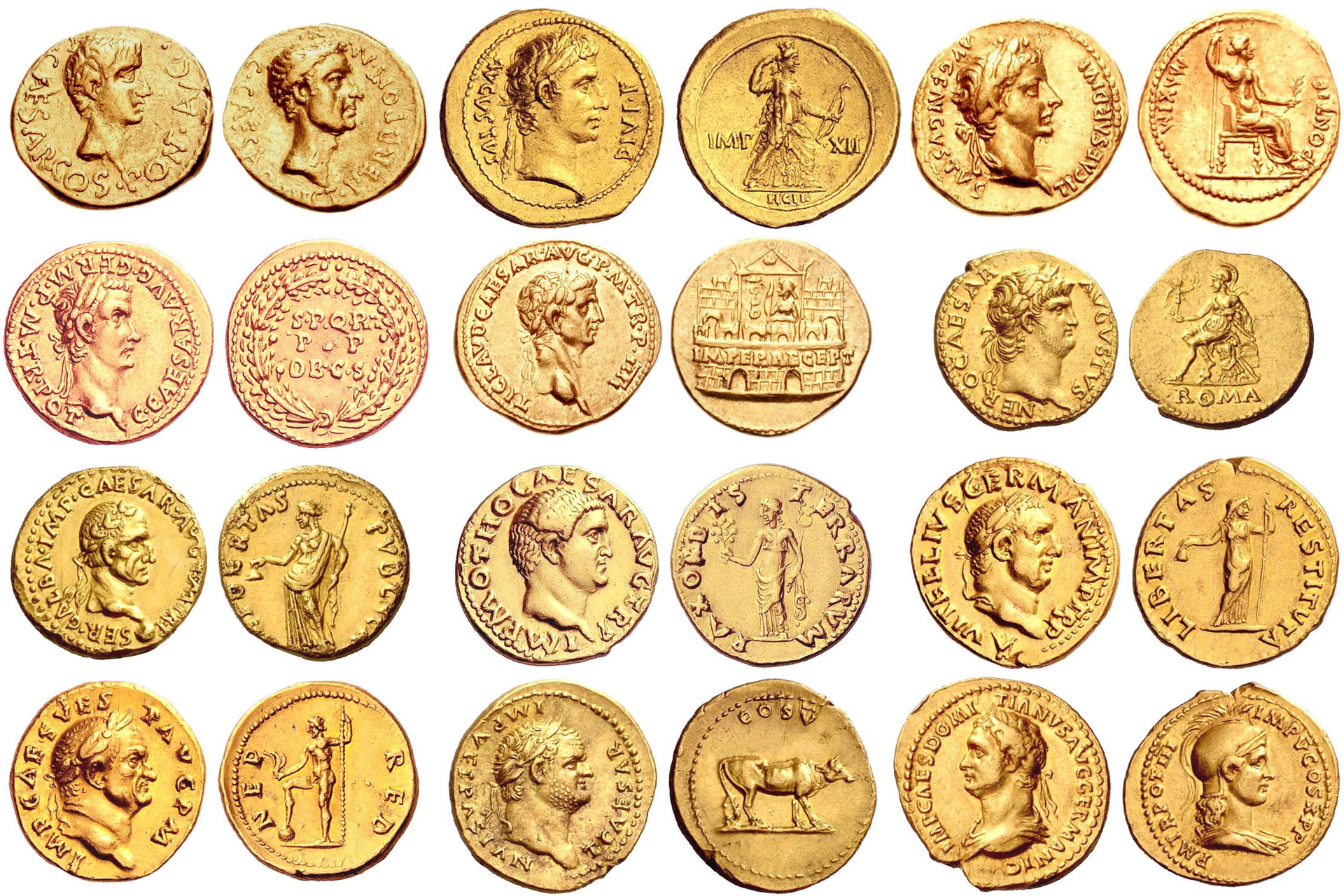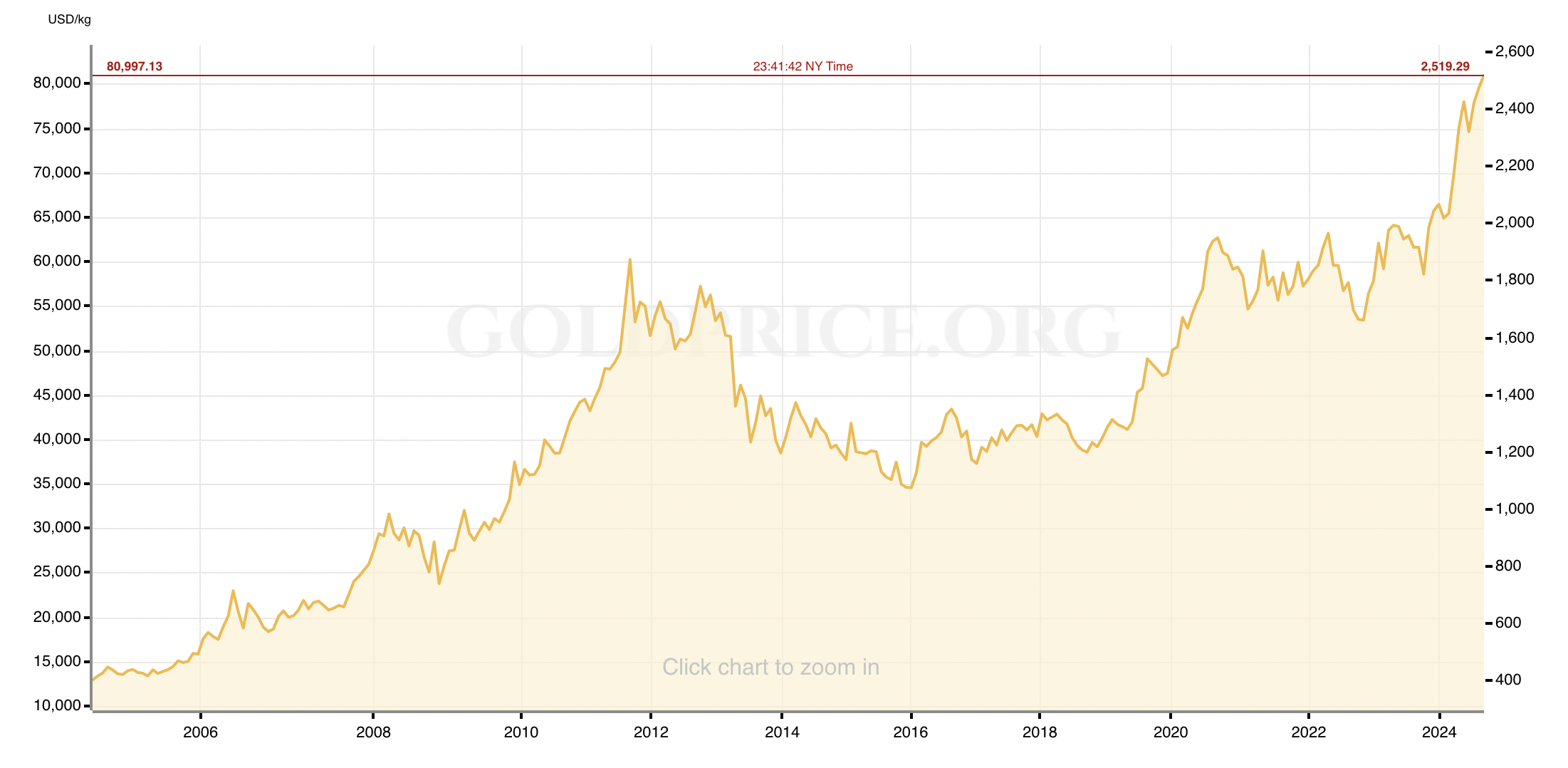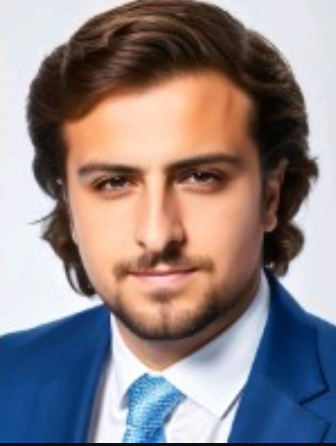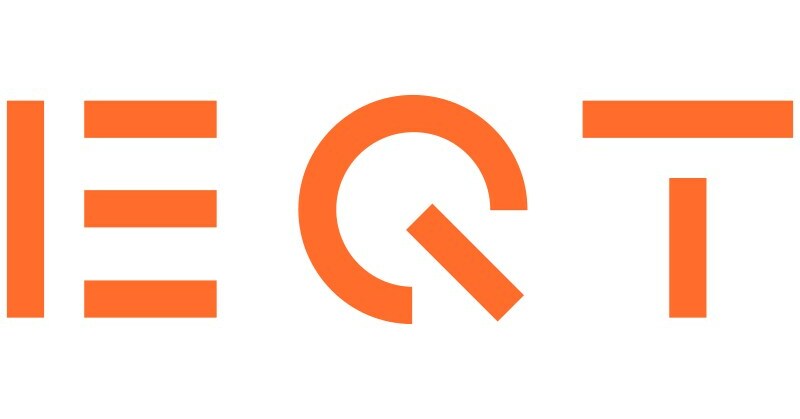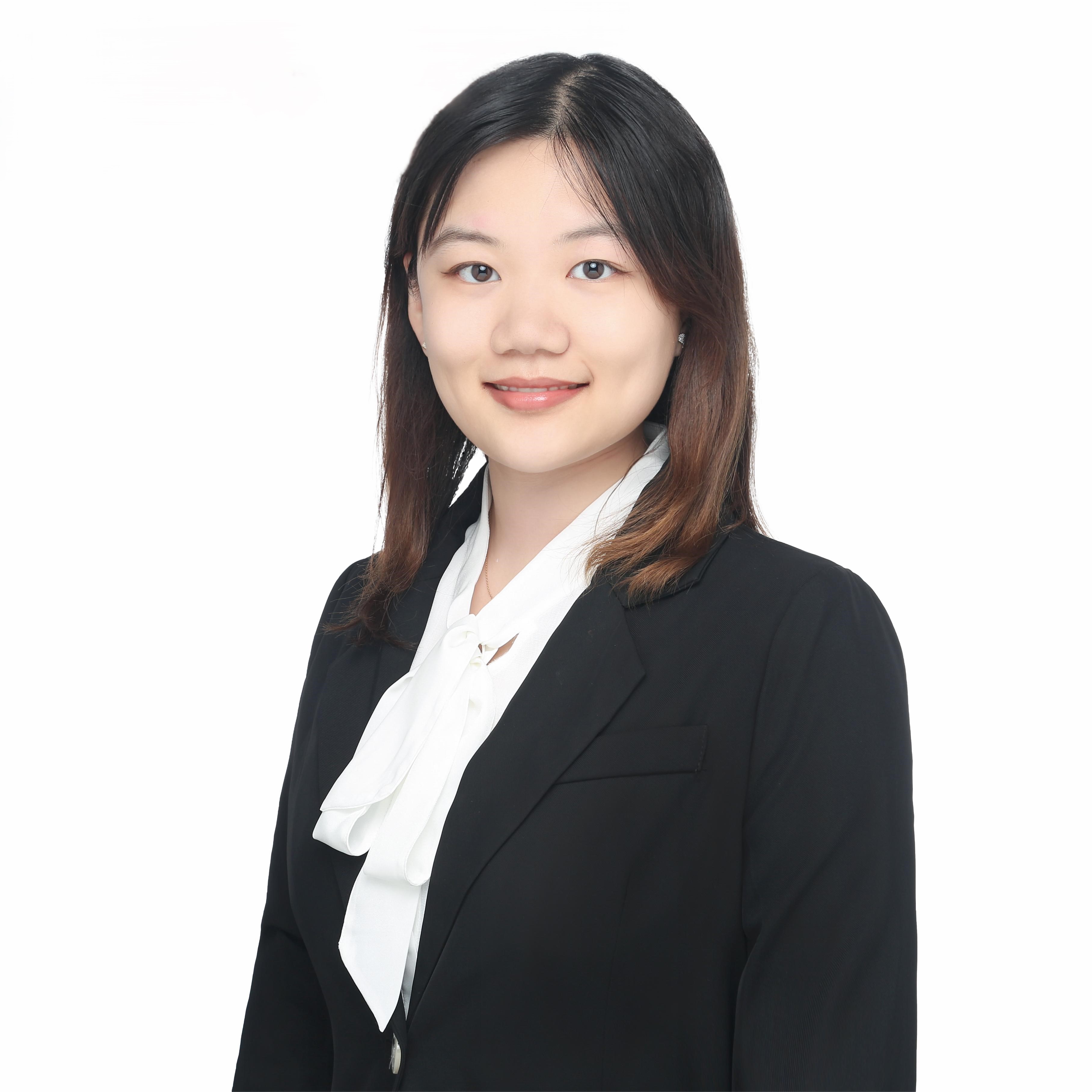Analysis Of The Article “The Pyramid Of Corporate Social Responsibility: Toward The Moral Management Of Organizational Stakeholders,” By Archie B. Carroll
In this article, Anant JAIN (ESSEC Business School, Grande Ecole Program – Master in Management, 2019-2022) talks about the article “The Pyramid Of Corporate Social Responsibility: Toward The Moral Management Of Organizational Stakeholders,” by Archie B. Carrol.
Introduction
Archie B. Carroll introduces in this article a structured framework that delineates the various levels of corporate social responsibility (CSR). Carroll’s pyramid framework categorizes CSR into four distinct levels—economic, legal, ethical, and philanthropic responsibilities—providing a comprehensive approach to understanding and implementing CSR. This model aims to help businesses navigate their multifaceted roles and obligations to stakeholders.
This detailed summary will explore each level of Carroll’s pyramid with relevant real-life examples to illustrate how companies address these responsibilities. Additionally, it will critique the model’s applicability and effectiveness in today’s rapidly evolving business environment, considering the complexities and dynamic nature of contemporary CSR practices.
Figure 1. The Pyramid Of Corporate Social Responsibility.

Source: Archie B. Carroll
Detailed Summary of Carroll’s Pyramid Model
1. Economic Responsibilities
Definition: Economic responsibilities, at the bottom of Carroll’s pyramid, represent the fundamental duty of businesses to be profitable. This profitability ensures the survival and growth of the organization, allowing it to provide returns to shareholders, create jobs, and contribute to economic development.
Example: Apple’s success in the technology market, driven by its innovative products and strong financial performance, exemplifies how economic viability supports further investment and growth. Apple’s profitability enables it to fund research and development, maintain competitive advantage, and address higher-level CSR responsibilities.
2. Legal Responsibilities
Definition: The second level involves compliance with laws and regulations. Businesses are expected to adhere to legal standards covering labor practices, environmental regulations, health and safety, and other statutory requirements.
Example: Johnson & Johnson has faced various legal challenges, such as lawsuits related to product safety. In response, Johnson & Johnson has strengthened its compliance measures and regulatory practices, including enhanced quality control and transparent reporting, to meet and exceed legal standards.
3. Ethical Responsibilities
Definition: Ethical responsibilities go beyond legal obligations, focusing on doing what is morally right. This includes fairness, transparency, and respect for stakeholder rights, even in the absence of legal requirements.
Example: Ben & Jerry’s is known for its commitment to social justice, Ben & Jerry’s engages in ethical practices by advocating for issues like racial justice and climate change. The company’s initiatives, such as supporting fair trade and environmental sustainability, demonstrate its adherence to ethical standards beyond legal requirements.
4. Philanthropic Responsibilities
Definition: At the top of the pyramid, philanthropic responsibilities involve voluntary actions that benefit society, such as charitable donations and community engagement. These actions are not mandatory but contribute to societal well-being.
Example: Through the Starbucks Foundation and various community initiatives, Starbucks supports causes such as youth empowerment and disaster relief. Its philanthropic efforts enhance community relations and contribute positively to societal development.
Critiques Of Carroll’s Model In Today’s Context
Hierarchical Structure Limitations
Critique: The pyramid’s linear progression may not fully capture the complex and interconnected nature of CSR in today’s business environment. Modern companies often address multiple CSR levels simultaneously rather than sequentially.
Example: Unilever’s Sustainable Living Plan integrates economic, legal, ethical, and philanthropic goals into a cohesive strategy, reflecting a more integrated approach to CSR than the hierarchical model suggests.
Contextual Variability
Critique: The model’s general framework may not account for industry-specific and regional variations in CSR expectations. Different sectors and geographic areas may have unique challenges and standards that are not fully addressed by the pyramid.
Example: In the oil and gas industry, CSR involves addressing environmental impacts and engaging with local communities. Shell’s CSR practices must navigate industry-specific challenges, highlighting the need for tailored strategies beyond the pyramid’s generic levels.
Evolving Stakeholder Expectations
Critique: The pyramid might not exhibit the accelerated evolution of stakeholder’s expectations. Today’s stakeholders demand real-time responsiveness and transparency on social, environmental, and ethical issues, which may not be fully captured by a static model.
Example: Nike’s response to scrutiny over labor practices and environmental impact illustrates the need for agile and responsive CSR strategies that address contemporary stakeholder concerns in real-time.
Integration Of Global & Local Perspectives
Critique: Carroll’s model may overlook the need for integrating global and local CSR perspectives. Multinational companies often need to balance global CSR standards with local expectations and regulations.
Example: McDonald’s adapts its CSR strategies to address regional issues, such as nutrition and community engagement, demonstrating the importance of localized CSR initiatives alongside global commitments.
Future Of Corporate Social Responsibility
Greater Emphasis On Sustainability & Climate Action
Trend: As climate change becomes an increasingly urgent issue, businesses are expected to prioritize sustainability and integrate climate action into their CSR strategies. Companies will likely face growing pressure from consumers, investors, and regulators to adopt environmentally friendly practices and reduce their carbon footprint.
Example: Microsoft has committed to becoming carbon negative by 2030, investing in renewable energy, and enhancing its sustainability initiatives. This commitment reflects the increasing importance of environmental stewardship in modern CSR strategies.
Increased Focus On Social Equity & Inclusion
Trend: Social equity and inclusion are becoming central to CSR efforts. Companies are expected to address issues such as diversity, equity, and inclusion (DEI) and contribute to social justice initiatives. Stakeholders are demanding more transparency and accountability regarding how businesses handle these issues.
Example: Salesforce has made significant strides in promoting DEI through its workforce, policies, and community engagement. The company’s efforts include setting ambitious diversity goals and supporting social justice causes, reflecting the growing emphasis on social equity in CSR.
Integration Of Technology and Innovation
Trend: Technology and innovation are increasingly being integrated into CSR strategies to address social and environmental challenges. Businesses are leveraging digital tools and data to enhance transparency, track progress, and develop innovative solutions for CSR issues.
Example: IBM is utilizing technology to drive CSR efforts, such as using artificial intelligence for environmental monitoring and developing blockchain solutions for supply chain transparency. These innovations support more effective and measurable CSR outcomes.
Enhanced Stakeholder Engagement & Collaboration
Trend: Companies are recognizing the importance of engaging with a broader range of stakeholders, including local communities, NGOs, and industry partners. Collaborative approaches are being emphasized to address complex social and environmental challenges more effectively.
Example: Nestlé engages with various stakeholders through its Creating Shared Value (CSV) program, collaborating with NGOs, governments, and local communities to address issues such as nutrition, water stewardship, and rural development. This collaborative approach enhances the impact of its CSR initiatives.
Conclusion
Carroll’s pyramid model offers a foundational framework for understanding CSR by categorizing economic, legal, ethical, and philanthropic responsibilities. While it provides valuable insights, the model’s hierarchical approach may not fully address the complexities of modern CSR. Companies today often engage in integrated, context-specific, and responsive CSR practices that reflect evolving stakeholder expectations and industry-specific challenges.
The real-life examples illustrate how businesses are adapting their CSR strategies to meet contemporary demands, suggesting the need for a more flexible and nuanced approach to CSR beyond Carroll’s pyramid. Looking to the future, CSR is expected to increasingly focus on sustainability, social equity, technological innovation, and enhanced stakeholder engagement, reflecting the dynamic and evolving nature of corporate responsibility in today’s world.
Related Posts On The SimTrade Blog
▶ Anant JAIN Analysis Of “The Social Responsibility Of Business Is To Create Value For Stakeholders” Article By Freeman And Elms
▶ Anant JAIN Deep Dive On The Article “The Social Responsibility of Business is to Increase Its Profits” By Milton Friedman
▶ Anant JAIN Milton Friedman VS Archie B. Carroll On CSR
▶ Anant JAIN Stakeholder
▶ Anant JAIN Shareholder
▶ Anant JAIN Mission Statement
▶ Anant JAIN Writing A Mission Statement
Useful Resources
Apple’s Corporate Social Responsibility
Johnson & Johnson Legal Challenges
Ben & Jerry’s Social Justice Initiatives
Starbucks’ Social Impact Report
Shell’s CSR and Sustainability
Nike’s Response to Labor Practices
About The Author
The article was written in September 2024 by Anant JAIN (ESSEC Business School, Grande Ecole Program – Master in Management, 2019-2022).



